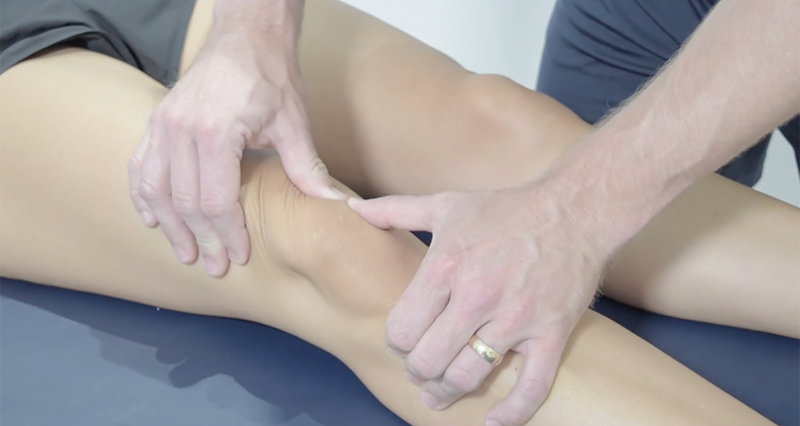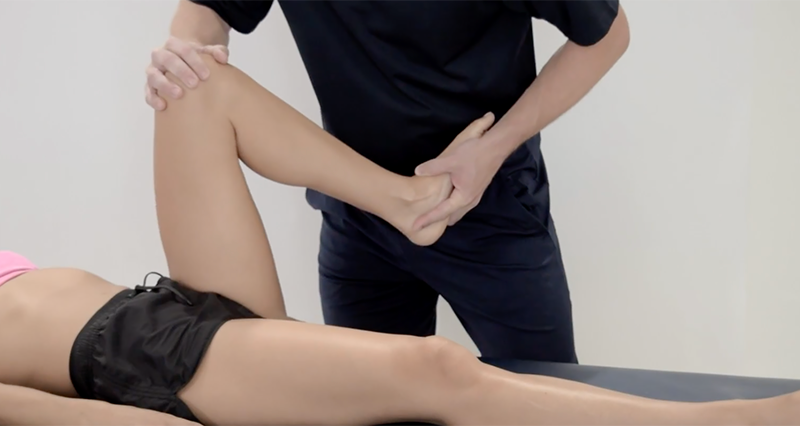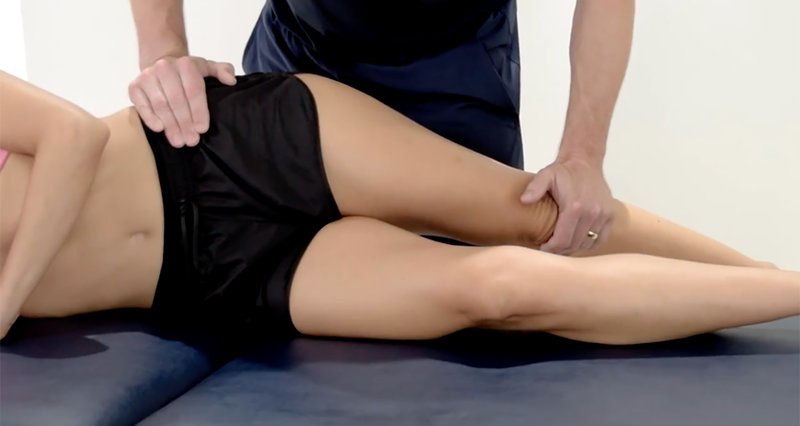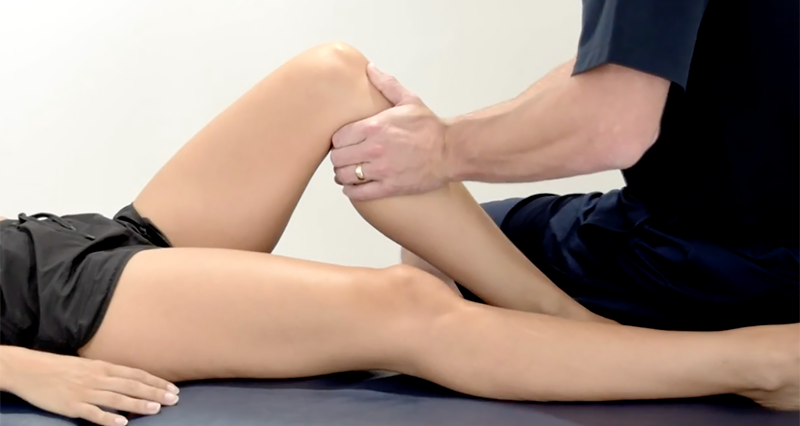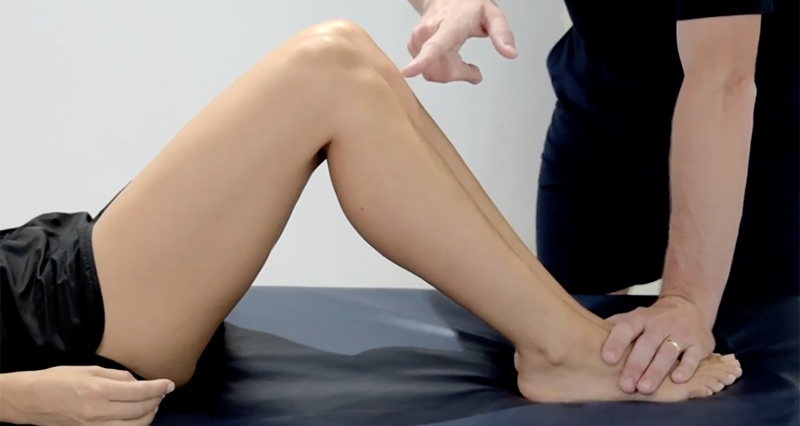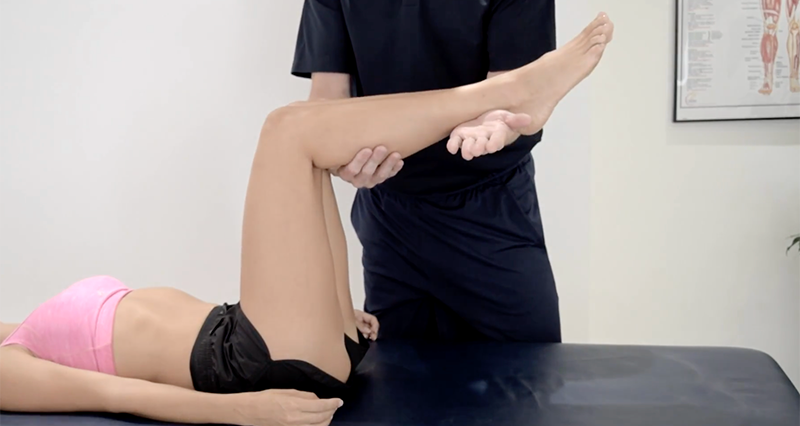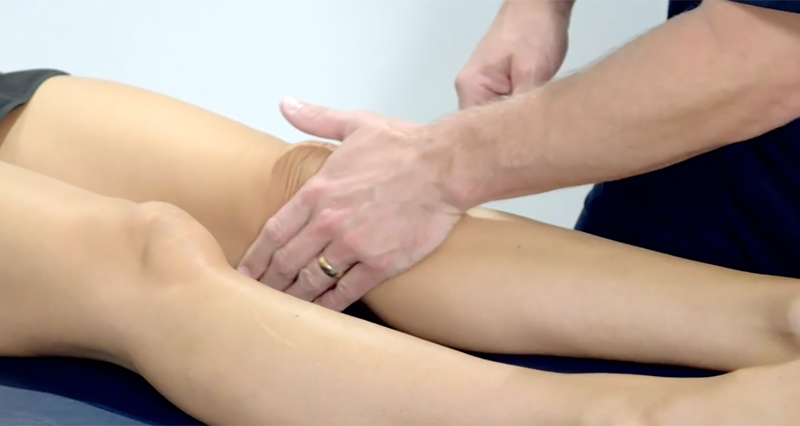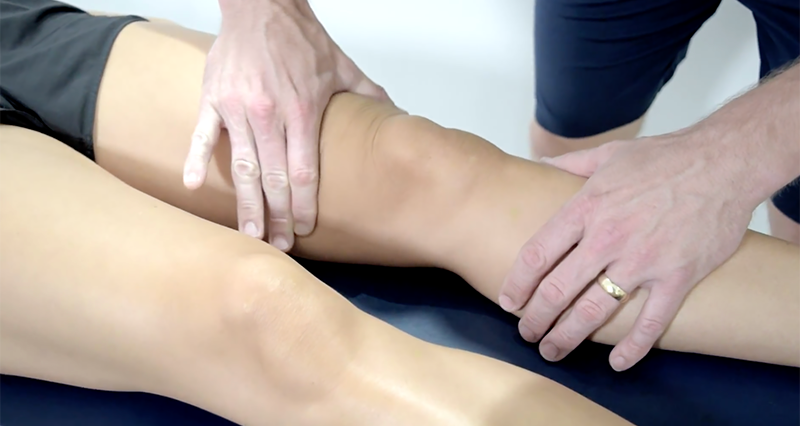Apley’s test, or the Apley grind test evaluates injuries to the cartilage meniscus of the knee. It was introduced by Alan Graham Apley in 1947 and is primarily used to distinguish between meniscal and ligamentous injuries within the knee.
What is a Meniscus tear?
A lateral meniscus tear involves damage to the semi-circular cartilage on the outside of the knee joint. This injury can emerge suddenly from actions like twisting or from a traumatic collision. Alternatively, it might develop slowly due to wear and tear or excessive use.
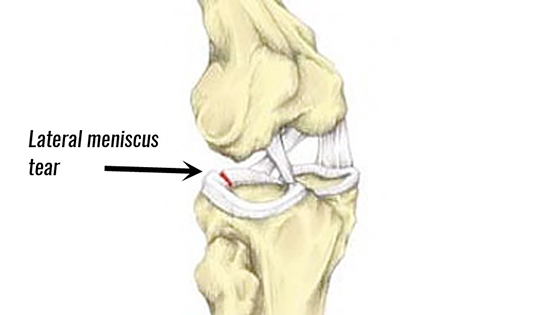
A medial meniscus tear occurs more commonly on the inside of the knee. It often results from a direct impact during contact sports or from twisting movements. Like its lateral counterpart, it can also appear in older athletes due to gradual cartilage degeneration.
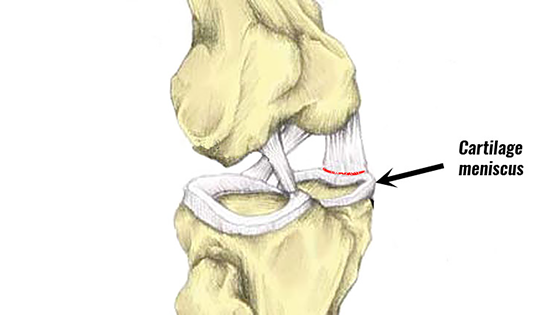
How to perform Apley’s test
The patient lies face down (prone) on the examination table with their knee bent at a 90-degree angle. To keep the patient’s thigh stable and prevent movement, hold it with one hand. With the other hand, grasp the patient’s foot, apply a downward force, and rotate the foot and lower leg both internally and externally. This part of the test applies pressure on the meniscus.
After the compression phase, lift the patient’s foot (applying an upward force) while continuing to rotate the foot and lower leg internally and externally. This phase distracts the joint, reducing pressure on the meniscus but putting tension on the ligaments.

Interpreting Apley’s test results
Pain or clicking during the compression phase may indicate a meniscal injury. If you compress the tibia against the femur this traps the meniscus between the bones. Therefore, reproducing symptoms.
Pain during the distraction phase is more indicative of a ligamentous injury. This is because the distraction (pulling the joint apart) relieves pressure on the meniscus but stretches the ligaments, which would be painful if there’s a ligament injury.
Considerations
Apley’s Test checks the knee’s menisci and ligaments and is part of a full knee exam. However, its accuracy varies with the examiner’s technique and the patient’s response to pain. You might need other tools like MRI for a clear diagnosis.
